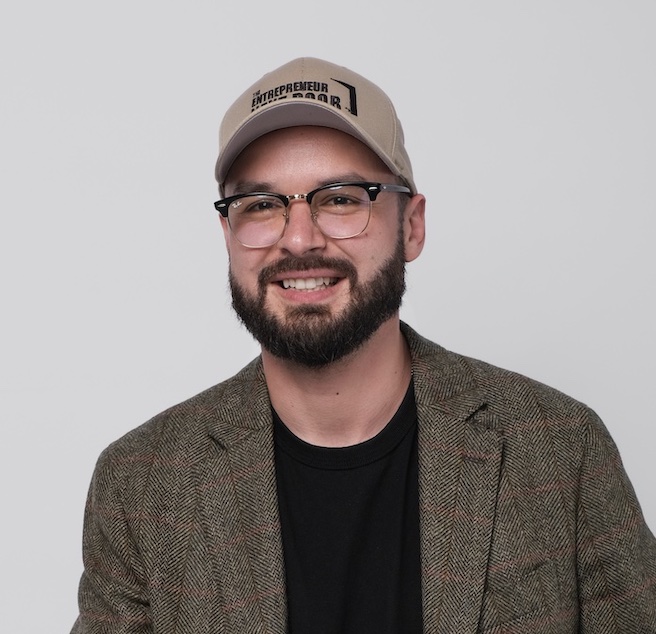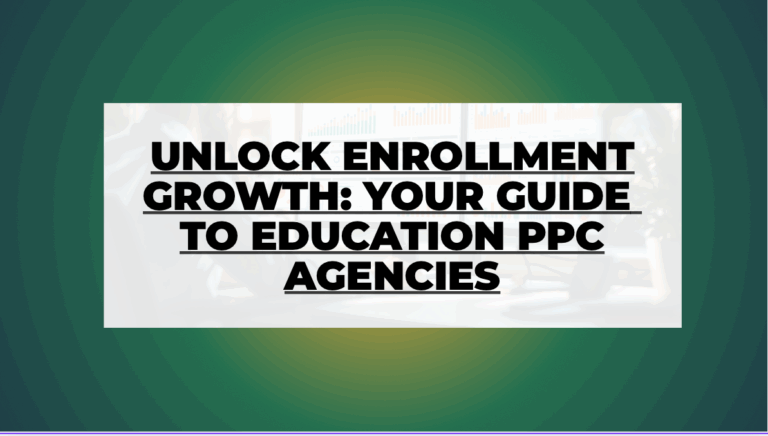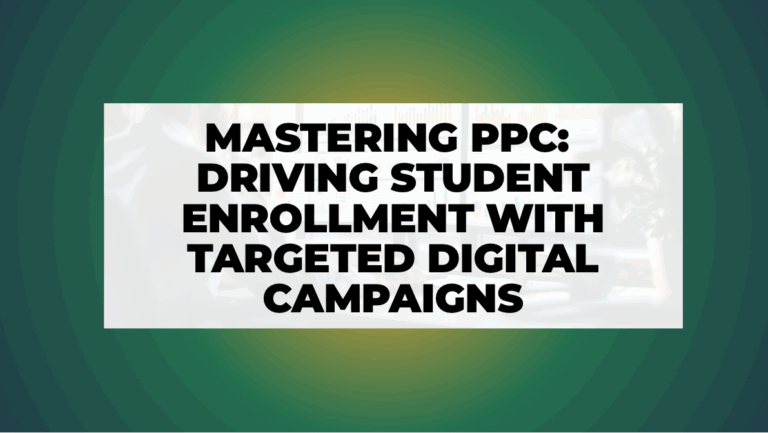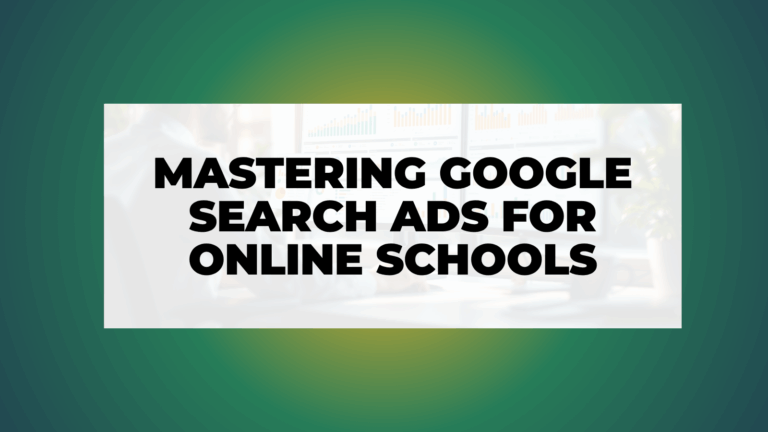Most online schools are wasting ad spend. Not because their offer is bad, but because their Google Ads account is structured backward.
After helping education providers generate over $10M in revenue, we’ve developed and tested a full-funnel Google Ads strategy that consistently lowers cost per enrollment, improves ROAS, and creates a system that actually scales.
If your current setup isn’t delivering results, here’s the exact framework we use to fix it.
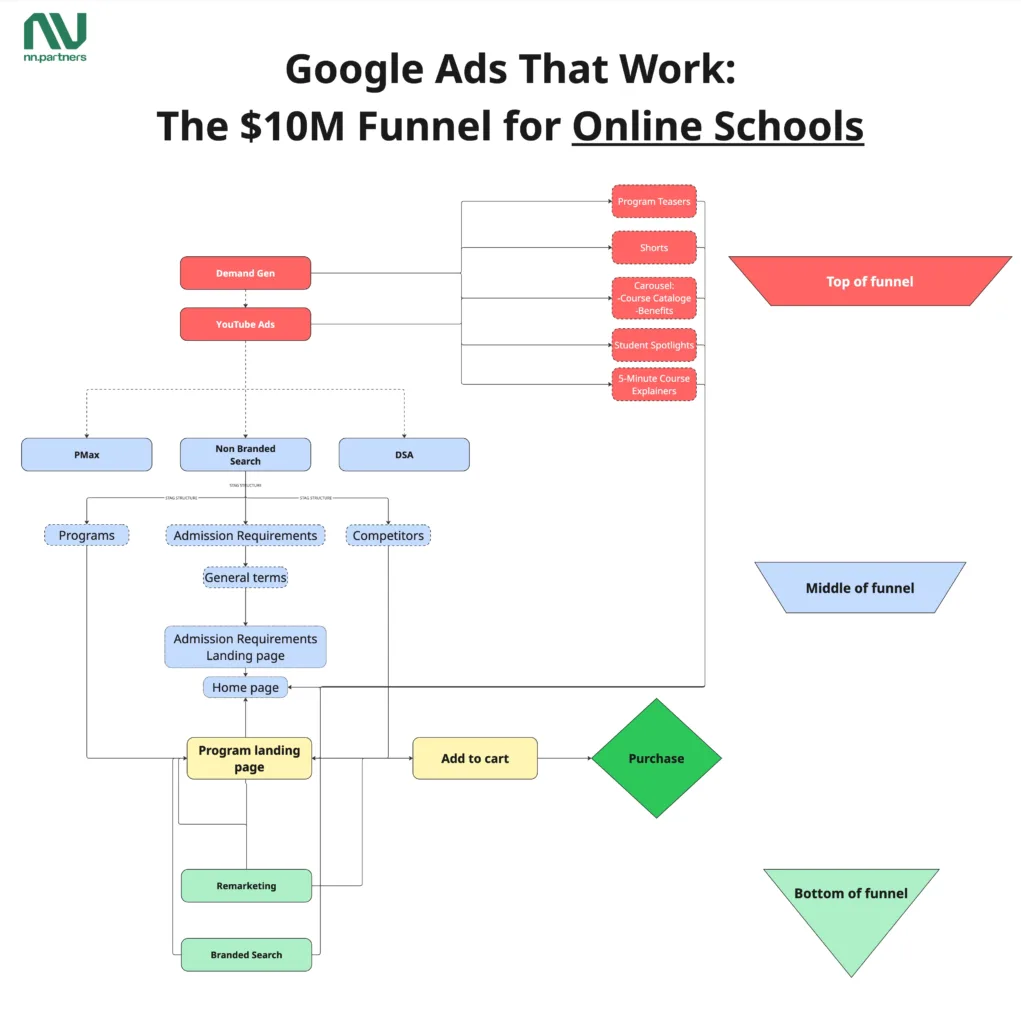
1. Demand Generation (YouTube and Discovery)
This is your top-of-funnel engine. It’s often overlooked.
While most advertisers compete over a small pool of search traffic, you can reach a much wider audience by targeting users similar to your best students.
What works well right now:
- Program teasers and explainer videos
- YouTube Shorts
- Student spotlight stories
- Carousel ads that highlight course benefits
The goal here is not immediate conversion. It’s to build awareness and interest, then send traffic to a mid-funnel landing page where they can learn more and begin to engage.
2. Demand Capture (Search, Performance Max, DSA)
This is where most of your enrollments will come from. But only if the campaigns are structured properly.
We break campaigns down by:
- Program-specific keywords
- Admission-related queries
- Competitor brand terms
- General high-intent searches like “best online coding bootcamp”
Broad match search campaigns often deliver the best results at scale. Use Dynamic Search Ads (DSA) and Performance Max (PMax) to fill in the gaps, but each campaign must have a clear focus.
And always send traffic to relevant landing pages. That might be an admissions overview, a specific program page, or a course comparison.
3. Branded Search and Remarketing
This is where many schools quietly lose a lot of revenue.
To fix this, we recommend:
- A dedicated branded search campaign with Target Impression Share bidding
- Strong exclusions in PMax to avoid cannibalizing branded traffic
- Remarketing campaigns for users who visited key pages or started an application but didn’t convert
At this stage, messaging should build trust and help people complete the next step without confusion or hesitation.
Why This Structure Works
This isn’t a bunch of disconnected campaigns. It’s a system where each part plays a specific role.
- YouTube and Discovery generate attention
- Search and PMax capture intent
- Branded and remarketing campaigns convert those who need a final push
Each campaign has a job. Each stage feeds the next. That’s what makes it scalable.
Want to See This in Your Own Account?
If you’re running Google Ads for an online school and spending $30K or more per month, we can help you apply this structure and scale with confidence.
Book a free strategy call and we’ll show you what this would look like in your business.
